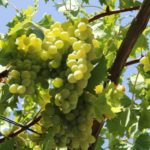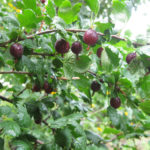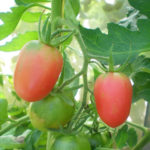Hydrangea paniculata Limelight
Panicle hydrangeas are an excellent decoration of the personal plot. Well, if you carefully select the varieties of this culture for decorating your garden design, you can become the owner of a downright luxurious flower. Pay attention, for example, to the Limelight variety - smart, charming and, most importantly, unpretentious.
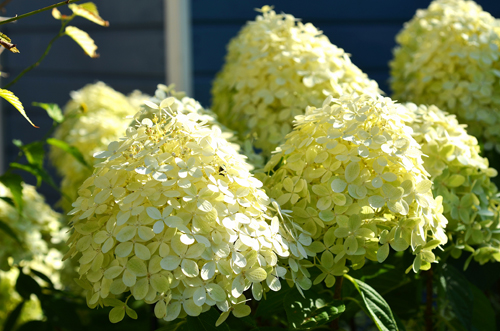
History of creation
Limelight was launched in Holland. Almost immediately after its appearance, it gained frenzied popularity among flower growers. The reason is that it lacks many of the disadvantages that other varieties of hydrangea have. The most striking example: despite the lush inflorescences, the shoots do not bend under their weight. In other words, the shrub always keeps its shape. The culture received a bright name from the shade of the inflorescences. They are colored deep green. Another name for the plant is Zwijnenburg. In 2008, the variety was highly appreciated by representatives of the Royal Society of Horticulturalists of Great Britain. Two years earlier, the culture received a similar assessment from the Pennsylvania Horticultural Society. And at a flower exhibition held in Philadelphia around the same period, the composition composed of flowering shoots of Limelight received the highest award.
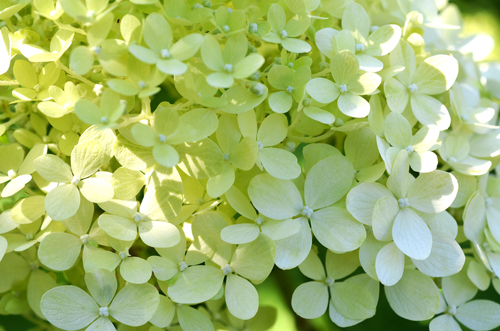
Description of appearance
It must be said that the above-mentioned bright green color of the inflorescences of the varietal plant is characteristic of the beginning of the flowering phase. In the future, their shade changes to pale green or muted pale lemon, then to white as snow. With the onset of autumn, the lush caps of the inflorescences often acquire a velvety pink color. Interesting fact: Hydrangea flowers grown in shade have a more intense green tint. Their size is in the range of 25-30 cm. The shape of the inflorescences is broad-pyramidal. The flowers they are made of are sterile.
In general, Limelight is a powerful, vigorous bush, reaching a height of 2-2.5 meters. Its crown in blooming state has exactly the same width. With proper care and adherence to all the recommendations for cultivation, it is easy to achieve crop growth of up to 30 cm per year. Strong, flexible shoots are provided with dark green oblong leaves with pointed ends and a velvety outer surface.
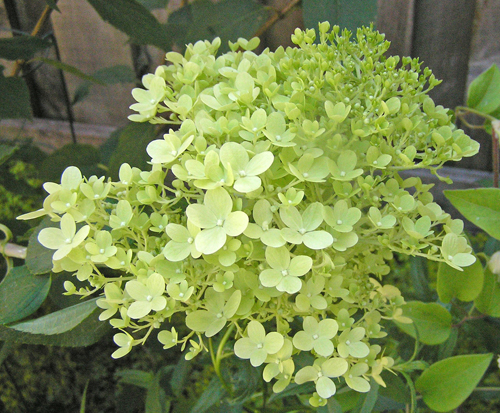
The flowering of the plant begins in July-August and lasts until October. The inflorescences of the culture are so luxurious and large that no shoots are at all visible behind them.
Limelight is resistant to pests and fungi. He is not afraid of severe frosts, and this feature increases even more with age. The hydrangea bush does not need to tie the stems and support.
Growing and care conditions
The variety prefers places in the sun, but thrives in partial shade. When placed in fairly light areas, the inflorescences of the culture change their green color to snow-white much faster. Protect the plant from drafts. Choose a permanent place for the shrub, because Limelight has a shallow root system that is easily damaged during the transplant process.

It is recommended to plant a crop in fertile, loose soil. The ideal option is sour black soil. It is permissible to plant in loam. But sandy and limestone-rich soils are categorically contraindicated for the plant.
Any hydrangea is moisture-loving, and Limelight is no exception. It is important to ensure that the soil under the shrub is always moist. The frequency of watering is 2-3 times a week.
Limelight needs regular feeding with complex fertilizer, pruning (in early spring before the start of sap flow and in autumn before frost).Withered inflorescences must be removed throughout the season. To preserve moisture under the bush, the soil is mulched with fallen leaves, crushed bark, needles, peat. After each watering, it is required to loosen the soil.
Although the plant is rarely affected by pests, nevertheless, as a preventive measure, treat it with Fitoverm or Aktellik several times over the summer. Of the diseases, chlorosis (when grown in calcareous soil) and powdery mildew (due to waterlogging of the substrate) can make themselves felt.
Use cases
Limelight looks great in single landings. It looks even better in combination with similar and other varieties of panicle hydrangea. The variety is suitable for creating hedges and shrub mixborders. It is also used as an original component of woody and shrub garden compositions. The culture is equally excellent combined with herbaceous and coniferous plants. Florists include lush blooms in their winter bouquets.


